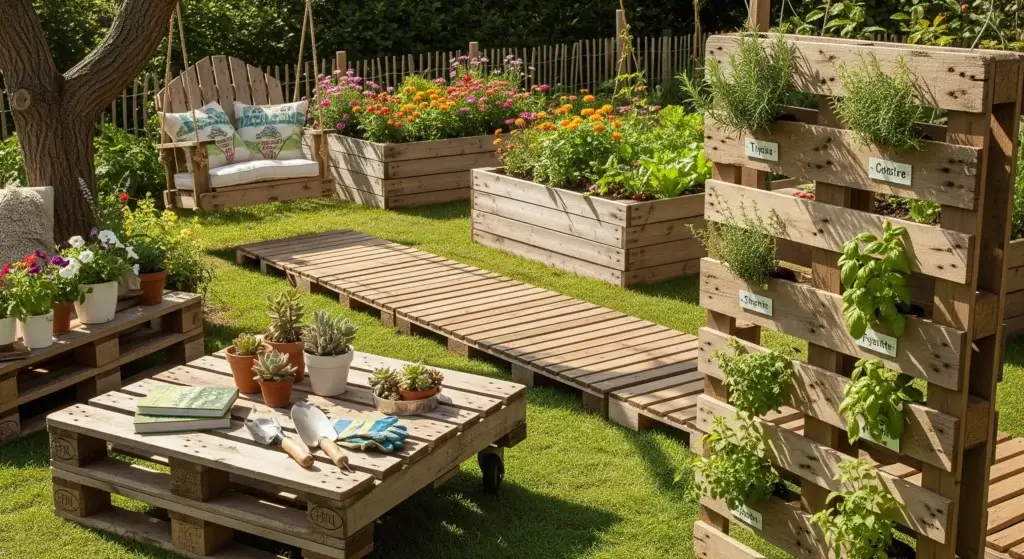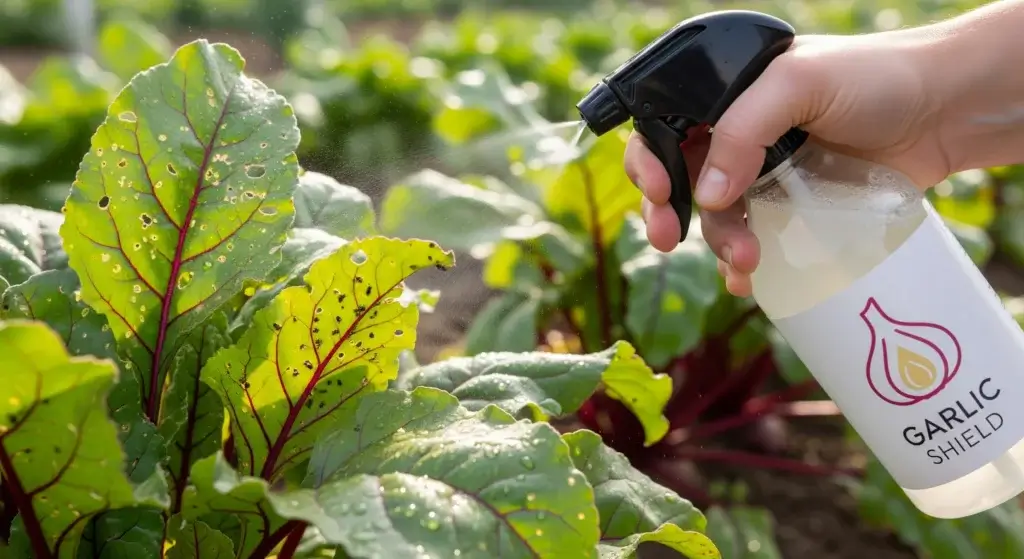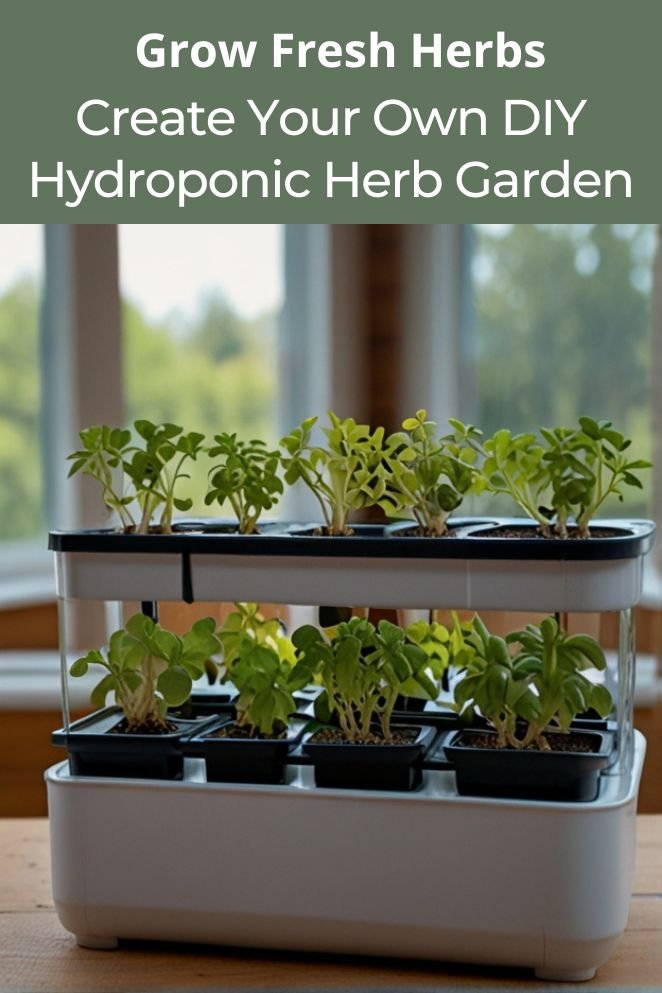
Are you tired of buying fresh herbs at the store only to have them wilt and lose their flavor within a few days?
Do you want to grow your own herbs at home without breaking the bank or requiring a green thumb?
Look no further than a DIY hydroponic herb garden.
With this simple and cost-effective method, you can grow a variety of fresh herbs year-round, right in your own home.
What You’ll Need
Before we dive into the step-by-step guide, let’s take a look at what you’ll need to get started:
Container options
When it comes to selecting a container for your hydroponic herb garden, you’ve got choices to suit your style and space:
- Plastic buckets or tubs: Affordable and widely available, perfect for beginners.
- Wooden planters: Add a touch of rustic charm to your garden setup.
- Glass containers: Sleek and modern, ideal for indoor herb gardens.
- DIY upcycled containers: Get creative with old plastic bottles or cardboard tubes, reducing waste while gardening.
Remember to pick a container that’s at least 6-8 inches deep and has drainage holes at the bottom to ensure proper water flow.
- Read also: Grow Your Own! A Guide to DIY Herb Garden For Beginners
- Read also: No Yard Needed! DIY Herb Garden for Small Apartment
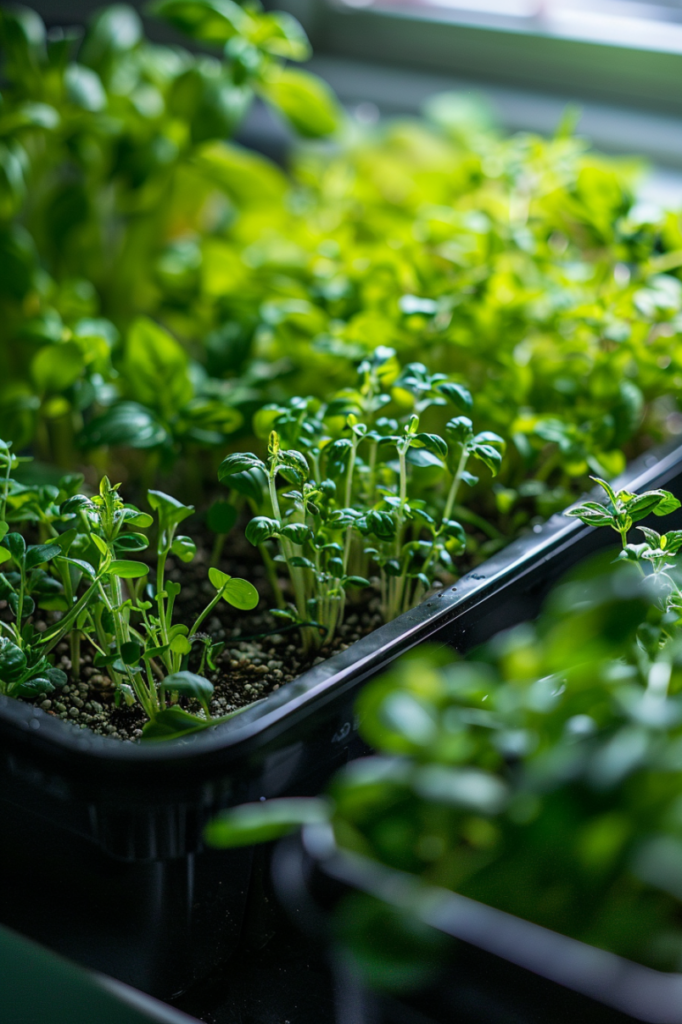
Essential supplies
Here’s what you’ll need to kick-start your hydroponic herb garden journey:
- Grow medium: Opt for clay pebbles or rockwool to support your herbs’ root systems.
- Net pots: These provide stability and aeration for your plants.
- Air pump and airstone: Essential for oxygenating the water and promoting healthy root growth.
- Hydroponic nutrient solution: A balanced blend of essential nutrients for optimal plant growth.
- Water: The lifeblood of your hydroponic system, make sure it’s clean and free of contaminants.
- Optional extras: Consider adding grow lights, a thermometer, and a timer for enhanced control and monitoring.
Herbs to choose from
The beauty of hydroponic herb gardens lies in their versatility.
Here are some herb options to get your creative juices flowing:
- Basil: A classic favorite, perfect for pesto or caprese salads.
- Mint: Refreshing and aromatic, great for teas, cocktails, and desserts.
- Cilantro: Adds a zesty kick to salsa, guacamole, and Asian dishes.
- Parsley: Versatile and nutritious, ideal for garnishing soups, salads, and pasta.
- Dill: Adds a burst of flavor to pickles, seafood dishes, and sauces.
- Lemongrass: Fragrant and citrusy, perfect for soups, curries, and stir-fries.
- Chives: Mild onion flavor, great for adding freshness to dips, salads, and baked potatoes.
- Thyme: Earthy and aromatic, pairs well with roasted meats, stews, and vegetables.
- Oregano: Robust and peppery, essential for Italian and Mediterranean cuisines.
Step-by-Step Guide Building Your Hydroponic Herb Garden

Here’s an expanded step-by-step guide to building your hydroponic herb garden, with detailed explanations for each stage:
Preparing the container
Painting the container (optional)
Painting the container can help block out light, which prevents algae growth in your hydroponic system.
Choose a non-toxic paint and apply it evenly to the exterior of the container.
Drilling holes
Drill holes in the container to accommodate net pots and, if necessary, air pump tubing.
These holes allow for proper drainage and aeration within the system, ensuring your herbs receive the nutrients they need.
Setting up the grow medium
Pre-soaking the grow medium
Before planting your herbs, soak the grow medium (such as clay pebbles or rockwool) in water for a few hours or overnight.
This helps to hydrate the medium and prepare it for supporting the roots of your herbs.
Planting your herbs
Place your chosen herbs into the net pots filled with the pre-soaked grow medium.
Ensure that the roots are fully covered and supported by the medium, as this provides stability and allows for optimal nutrient absorption.
Nutrient solution
Mixing the nutrient solution
Prepare a basic hydroponic nutrient solution by mixing the appropriate ratio of hydroponic nutrient concentrate with water.
Follow the instructions provided with your nutrient solution to ensure proper dilution.
Adding the solution to the container
Pour the nutrient solution into the container, ensuring that the roots of your herbs are submerged.
Monitor the level of the solution and adjust as needed to maintain consistent hydration for your plants.
Lighting and airflow
Providing sufficient light
Place your hydroponic herb garden in a location with access to natural sunlight or use artificial grow lights.
Herbs typically require 6-8 hours of sunlight per day, so ensure they receive adequate light to support healthy growth.
Ensuring proper airflow
Install an air pump and airstone in the container to provide oxygen to the roots of your herbs.
This promotes healthy root development and prevents stagnation within the nutrient solution, reducing the risk of root rot.
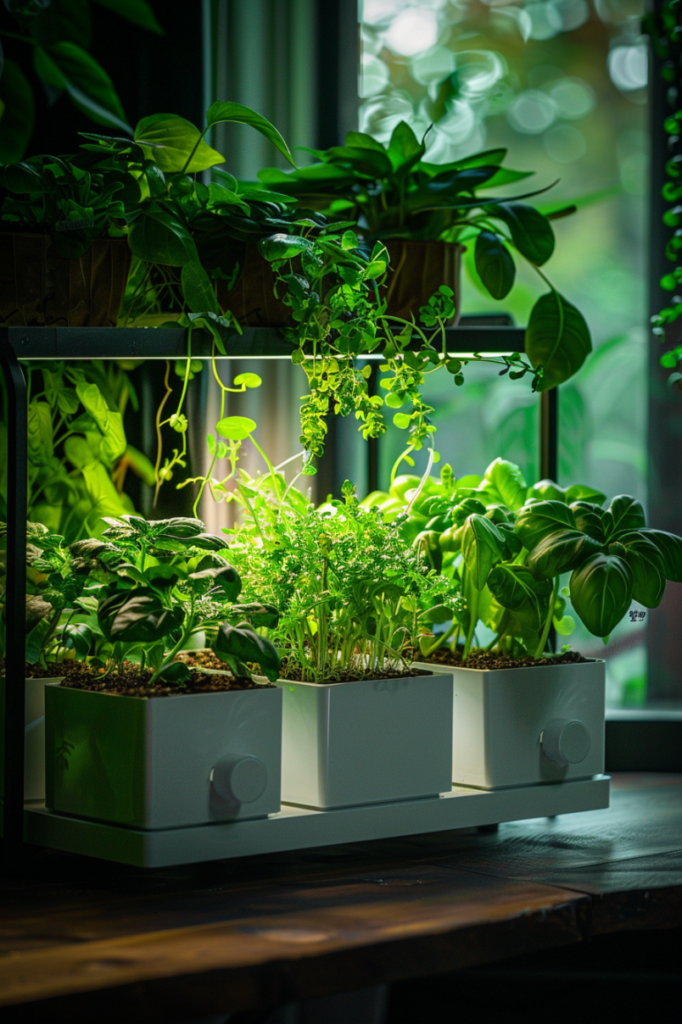
Maintaining Your Hydroponic Herb Garden
Monitoring water level and nutrients
Regularly check the water level in the container and top up with fresh water as needed to maintain optimal hydration for your herbs.
Additionally, monitor the nutrient levels and adjust the nutrient solution accordingly to ensure your herbs receive the necessary nutrients for growth.
Adjusting light and temperature
Keep an eye on the light levels and temperature around your hydroponic herb garden.
Adjust the positioning of grow lights or move the container to a different location if necessary to provide optimal lighting conditions.
Maintain a temperature range of 65-75°F (18-24°C) to support healthy herb growth.
Harvesting and enjoying your fresh herbs
Once your herbs have reached maturity, you can begin harvesting them for culinary use.
Use sharp scissors or pruning shears to trim the herbs, taking care not to damage the plant.
Incorporate your fresh herbs into cooking, salads, teas, and other recipes to enjoy the fruits of your hydroponic gardening efforts.
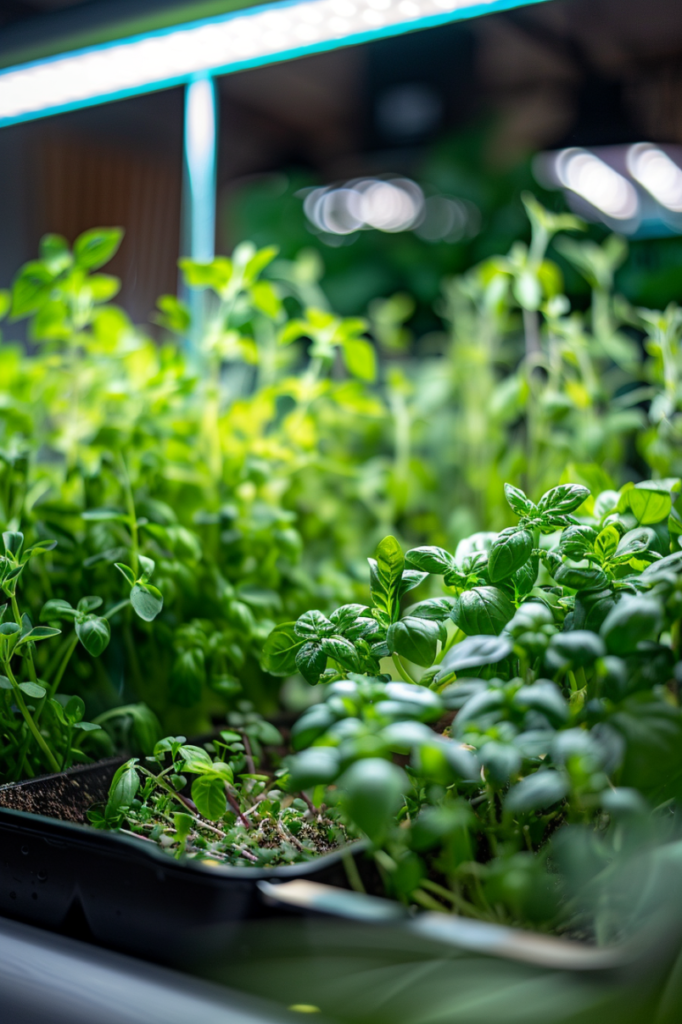
- Read also: Balcony Heaven: DIY Vertical Herb Garden For Balcony
- Read also: Herb Heaven Indoors: DIY Indoor Herb Garden With Grow Lights
Conclusion
Growing a DIY hydroponic herb garden is a simple and cost-effective way to grow fresh herbs at home.
With this step-by-step guide, you can create a thriving hydroponic herb garden that provides you with fresh herbs year-round.
Remember to monitor water level and nutrients, adjust light and temperature as needed, and harvest and enjoy your fresh herbs!


